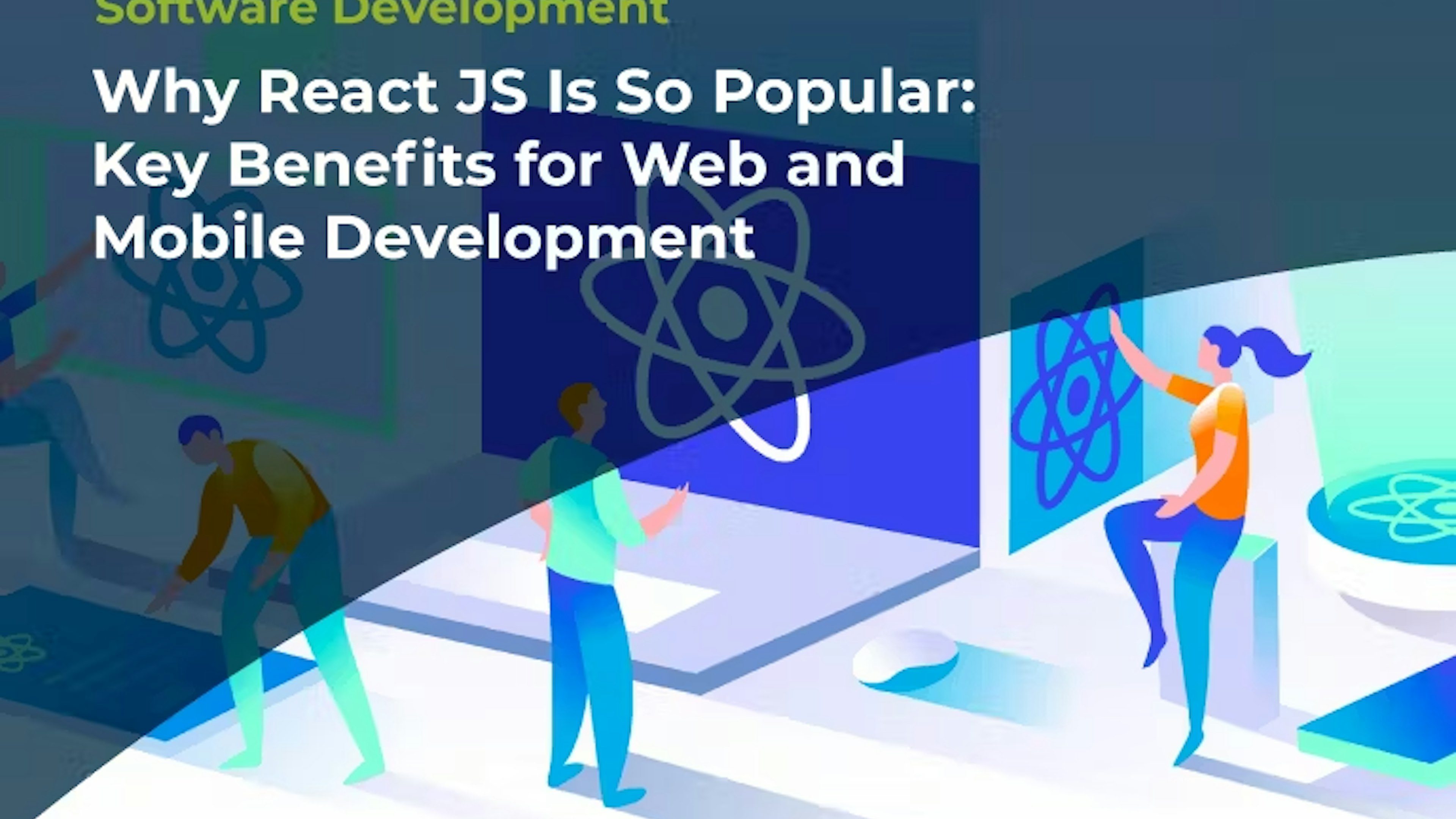Introduction to Physical Computing


In our daily interactions with computer devices and wearable technology, and even in spaces like art museums that fuse digital art with augmented reality, physical computing plays a vital role. It transforms how we experience and connect with technology. As a growing area in computer science, it enables engineers to integrate hardware and software to interact with the physical world.
Have you ever watched a Marvel movie? Think of Iron Man or The Avengers. If yes, you’ve probably seen Tony Stark and his incredible suit. The Iron Man suit itself is a blend of art and technology that represents a human–computer interaction system.
This article explores the meaning of physical computing, its impact on our digital world, and the differences between it and other computer science terminologies, through the lens of one of our experts, Luis Ángel Arízaga Díaz.
What is Physical Computing?
Physical computing is a discipline that combines hardware and software to create interactive systems capable of communicating with the physical world. It’s the ability to build tangible, responsive environments using sensors, actuators, and programmed logic.
Physical computing uses microcontrollers, actuators, sensors, and embedded systems engineering to develop interactive systems that enable human interaction. It enables humans to communicate naturally with computers, as seen in an arcade dancing game that recognizes body movements and responds instantly.
In simple terms, it’s the process of combining input and output systems that respond to human actions. Engineers use microcontrollers or processing units like Raspberry Pi 5 (2023 release) and Arduino GIGA R1 WiFi (2023), devices designed for faster computing, integrated Wi-Fi, and AI-ready interfaces.
A typical physical computing system includes:
- Sensors measuring environmental phenomena (temperature, light, acceleration, etc.)
- Microcontrollers programmed to process the input data
- Actuators performing the corresponding actions
According to Statista, more than 42 billion devices are now connected through the Internet of Things (IoT), demonstrating how physical computing continues to expand into daily life.
The Importance of Physical Computing
Imagine interacting with your smartwatch during a workout session. Every heartbeat, step, and calorie count is captured through physical computing principles. This discipline is deeply embedded in modern life, and here’s why it’s so essential:
Improves Innovation
Physical computing boosts innovation by merging software and hardware development. Across industries, from healthcare to entertainment, engineers use physical computing to design immersive and responsive experiences.
For example, the gaming industry has seen major advances through virtual reality (VR) and augmented reality (AR). With motion-tracking gloves, haptic suits, and AI sensors, players can interact with digital environments in real time. In 2025, the global VR market is projected to surpass $40 billion, with gaming accounting for over 45% of that value.
This has given rise to new opportunities for software and hardware engineers to build personalized, data-driven, and engaging experiences for users.
Initiates Computational Solutions
In today’s data-driven world, physical computing helps solve real-world problems through computational logic and automation.
Take, for example, a smart home thermostat using temperature and motion sensors to optimize energy efficiency. According to McKinsey’s 2024 report on IoT and automation, integrating physical computing into household devices can reduce energy consumption by 15–25% annually.
These systems demonstrate how physical computing drives smarter environments by transforming simple physical actions into automated responses.
Advancing Technology and Functionality
With physical computing, industries like robotics, automation, and wearable technology are evolving rapidly.
In robotics, microcontroller-based systems allow humans to interact with autonomous machines that perform precision tasks—from medical surgery assistance to warehouse automation. According to Gartner’s 2025 Emerging Tech Report, physical computing and embedded AI are expected to improve robotics task accuracy by 35% by 2026.
Smartwatches, fitness bands, and biosensors continue to advance as well. Devices like the Apple Watch Series 10 and Samsung Galaxy Ring use AI-enhanced sensors that detect health metrics, stress levels, and sleep quality with greater precision.
How Physical Computing Impacts The Digital World
Physical computing influences multiple industries—healthcare, retail, manufacturing, hospitality, and entertainment—by enhancing how people interact with digital systems.
In healthcare, smart devices track vital signs and send real-time data to doctors. In retail, RFID and sensor networks automate inventory management and improve shopping experiences. In hospitality, interactive kiosks and smart rooms allow guests to personalize their environment.
A key component behind these systems is the embedded system—a computer integrated into a larger mechanical or electrical system. It combines both hardware and software to perform specific functions.
According to the IEEE (2024), embedded systems now account for over 90% of all computing processors globally, reinforcing their foundational role in physical computing.
By expanding the potential of everyday devices, physical computing continues to push the boundaries of technology across sectors.
What Is the Difference Between Physical Computing and Robotics?
Although related, physical computing and robotics differ significantly. Physical computing focuses on human interaction with technology—systems that require user input to function effectively. Robotics, on the other hand, centers on machines designed to perform tasks autonomously without human intervention.
While robots operate independently, physical computing thrives on feedback loops between human actions and computational responses.
What Is the Difference Between Physical Computing and Computational Physics?
Physical computing is often confused with computational physics, but they address distinct concepts.
- Physical computing: uses sensors, actuators, and programming to create human–computer interaction.
- Computational physics: applies algorithms and simulations to solve physical equations and model natural phenomena.
In short, one builds interactive systems, the other builds mathematical simulations.
Programming Languages Used in Physical Computing
Microcontrollers are the brains of physical computing systems. They control physical inputs and outputs and are programmed to interact with sensors in real time.
Developers typically use programming languages like C, C++, Python, and Java, depending on the system architecture.
According to Stack Overflow’s 2025 Developer Survey, Python and C++ remain the top two languages for IoT and embedded projects, with over 61% of developers citing them as preferred tools.
At Devsu, our software engineers are proficient in these languages and help businesses integrate physical computing principles into advanced IoT, automation, and AI solutions that enhance functionality and performance.
Conclusion
In conclusion, physical computing continues to redefine how humans interact with machines. By combining software and hardware in intelligent, interactive systems, it bridges the gap between the physical world and digital computation, advancing innovation, problem-solving, and connectivity across industries.
Read our next article The Six-Step Process To MVP Development.
Subscribe to our newsletter
Stay informed with the latest insights and trends in the industry
Content
You may also like


